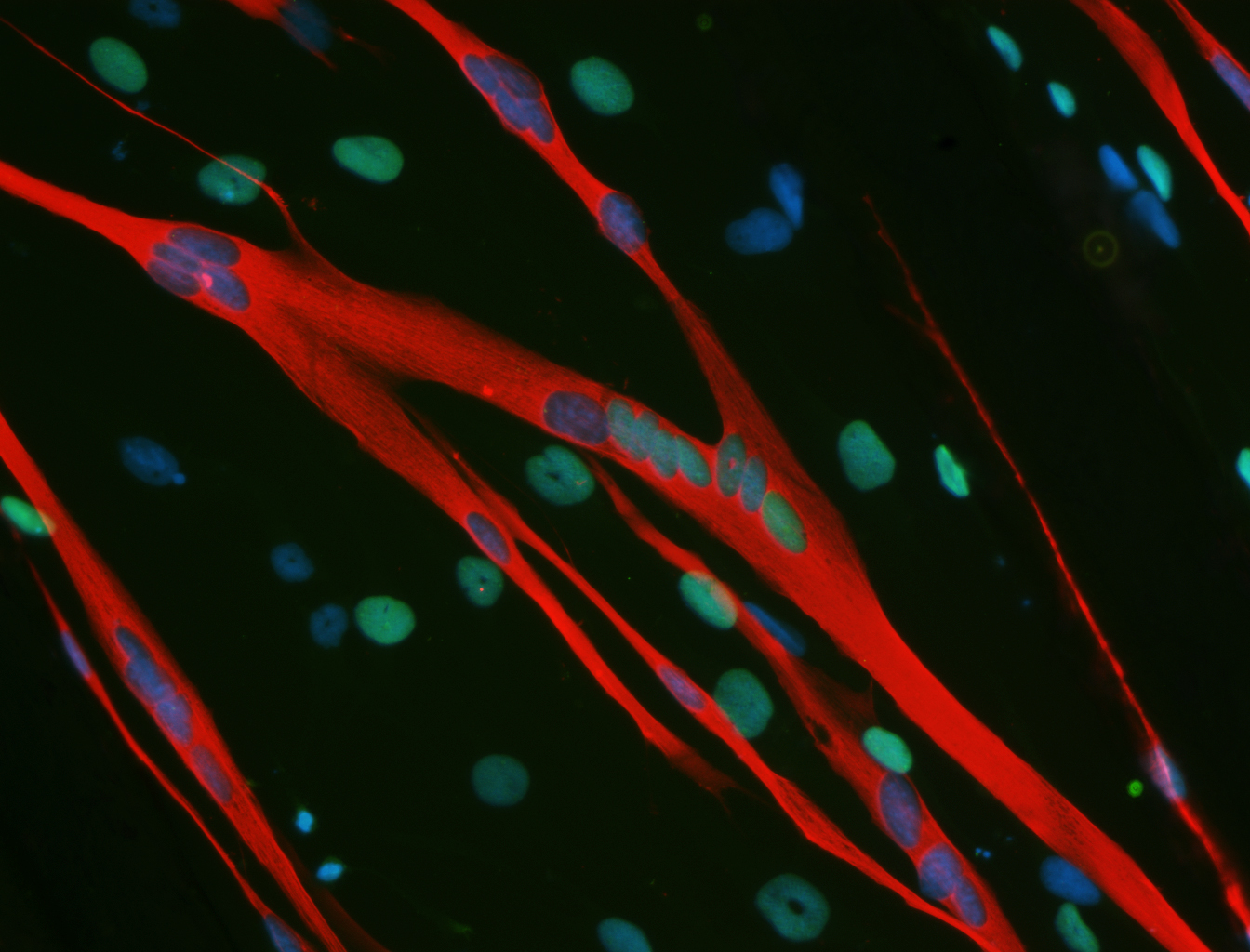Limb regeneration: do salamanders hold the key?
June 24, 2014

Salamander (credit: UCL)
The secret of how salamanders successfully regrow body parts is being unravelled by University College London (UCL) researchers in a bid to apply it to humans.
For the first time, researchers have found that the “ERK pathway” must be constantly active for salamander cells to be reprogrammed, and hence able to contribute to the regeneration of different body parts.
The team identified a key difference between the activity of this pathway in salamanders and mammals, which helps us to understand why humans can’t regrow limbs and sheds light on how regeneration of human cells can be improved.
The study published in Stem Cell Reports (open access) demonstrates that the ERK pathway is not fully active in mammalian cells, but when forced to be constantly active, it gives the cells more potential for reprogramming and regeneration. This could help researchers better understand diseases and design new therapies.
According to lead researcher on the study Max Yun (UCL Institute of Structural & Molecular Biology), while humans have limited regenerative abilities, other organisms, such as the salamander, are able to regenerate an impressive repertoire of complex structures including parts of their hearts, eyes, spinal cord, tails, and they are the only adult vertebrates able to regenerate full limbs.

Salamander cells being reprogrammed, and hence re-entering the cell cycle to divide. Salamander muscle cells are in red, and the reprogrammed ones have their nuclei in green. Total nuclei are indicated in blue. (Credit: Max H Yun)
“Manipulating this mechanism could contribute to therapies directed at enhancing regenerative potential of human cells.”
The ERK pathway is a way for proteins to communicate a signal from the surface of a cell to the nucleus, which contains the cell’s genetic material.
Further research will focus on understanding how this important pathway is regulated during limb regeneration, and which other molecules are involved in the process.
Urodele amphibians – newts and salamanders – are able to regenerate fully functional limbs in response to amputation. Cells in and near the limb stump dedifferentiate to form a mass of stemlike cells that can produce all the specialized tissues of the limb, such as muscle, nerves, and blood vessels. Courtesy of the Howard Hughes Medical Institute.
Abstract of Stem Cell Reports paper
- Sustained ERK activation is required for serum reprogramming of salamander cells
- Only transient ERK activation is observed in their mammalian counterparts
- Constant ERK activation promotes expression of S phase genes in mammalian myotubes
- The extent of ERK activation could underlie differences in regenerative competence
In regeneration-competent vertebrates, such as salamanders, regeneration depends on the ability of various differentiated adult cell types to undergo natural reprogramming. This ability is rarely observed in regeneration-incompetent species such as mammals, providing an explanation for their poor regenerative potential. To date, little is known about the molecular mechanisms mediating natural reprogramming during regeneration. Here, we have identified the extent of extracellular signal-regulated kinase (ERK) activation as a key component of such mechanisms. We show that sustained ERK activation following serum induction is required for re-entry into the cell cycle of postmitotic salamander muscle cells, partially by promoting the downregulation of p53 activity. Moreover, ERK activation induces epigenetic modifications and downregulation of muscle-specific genes such as Sox6. Remarkably, while long-term ERK activation is found in salamander myotubes, only transient activation is seen in their mammalian counterparts, suggesting that the extent of ERK activation could underlie differences in regenerative competence between species.